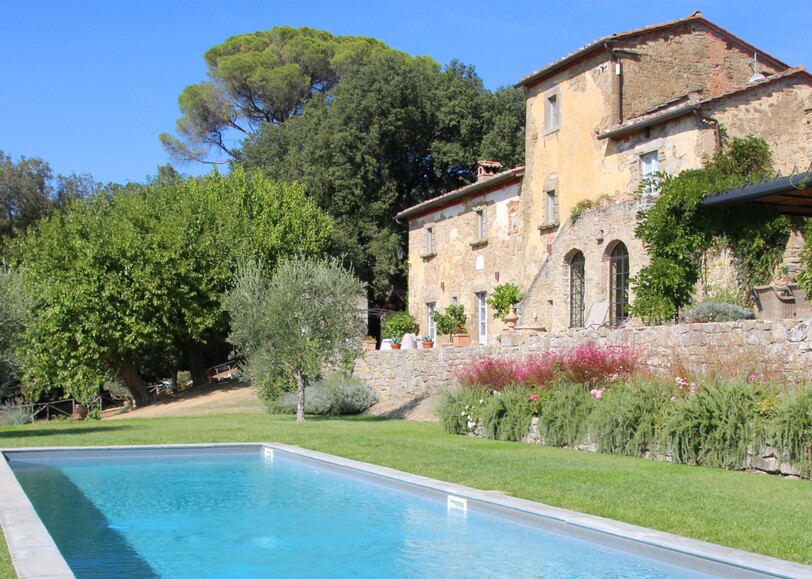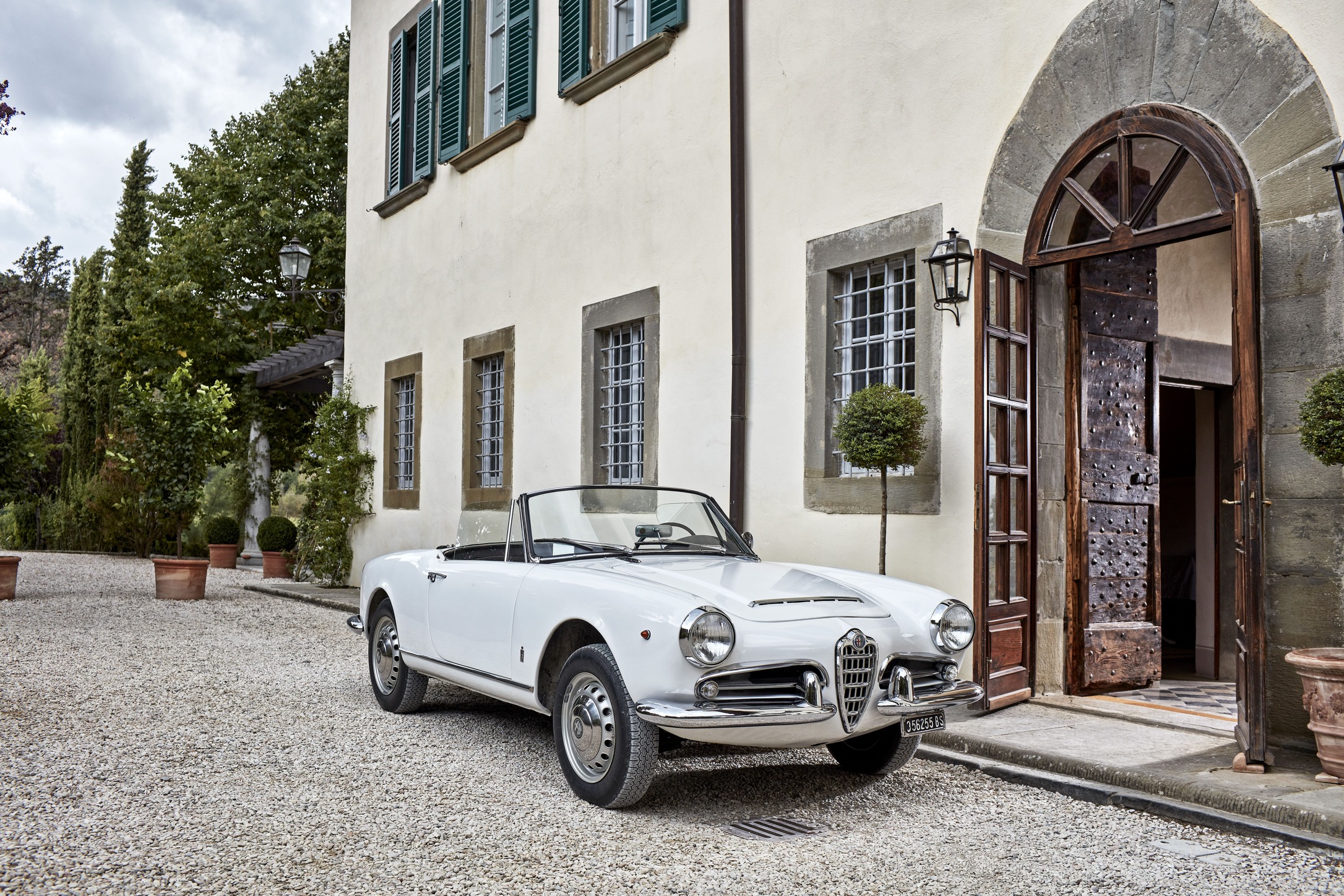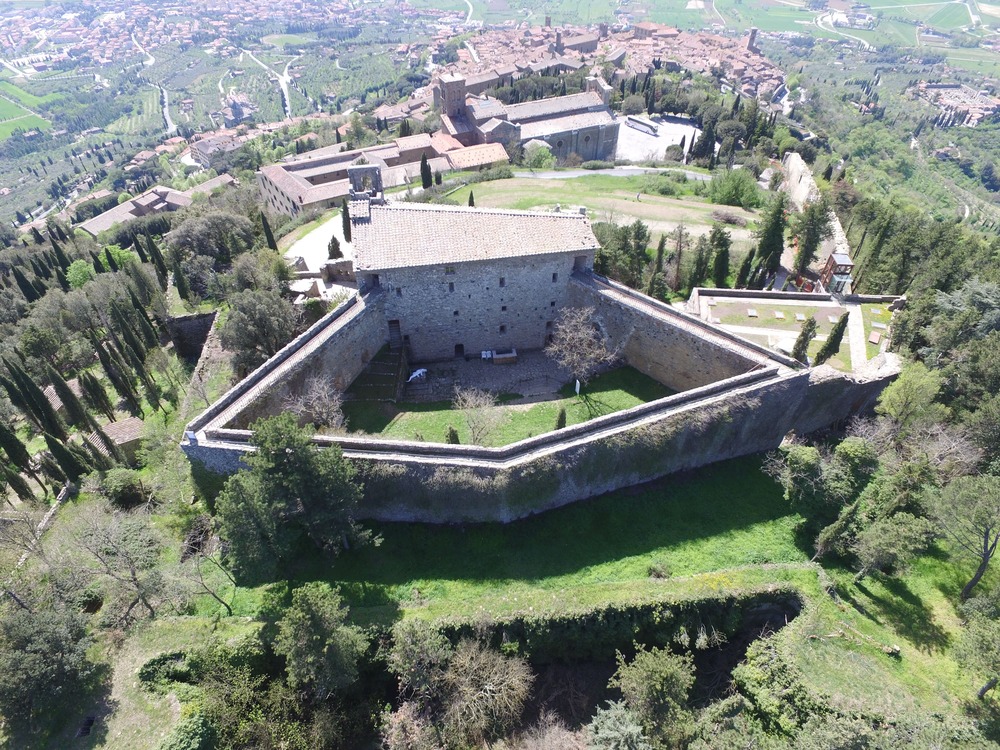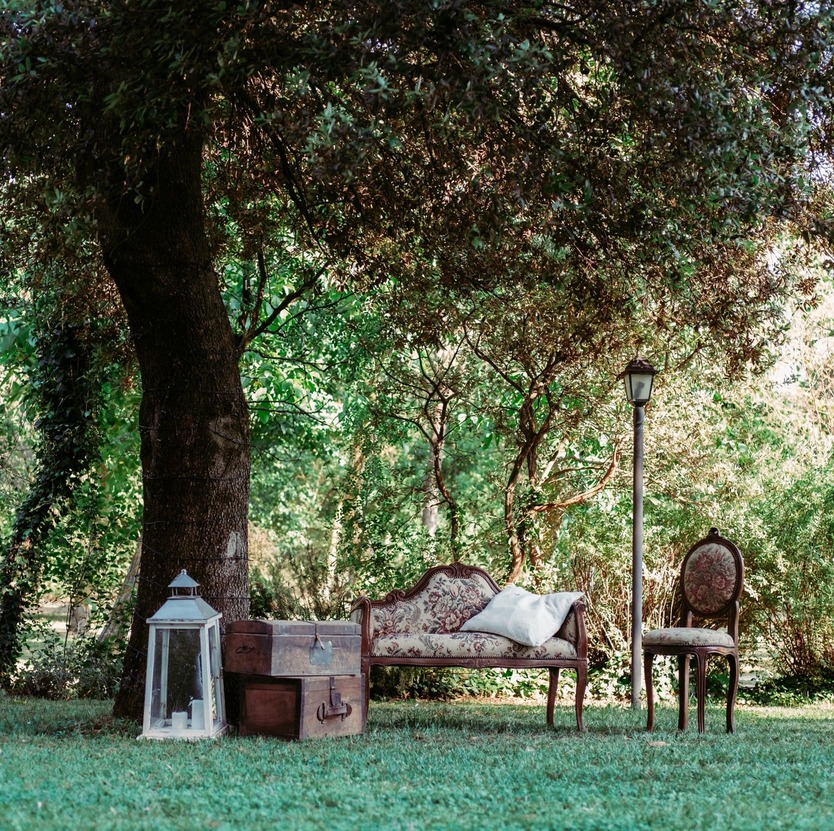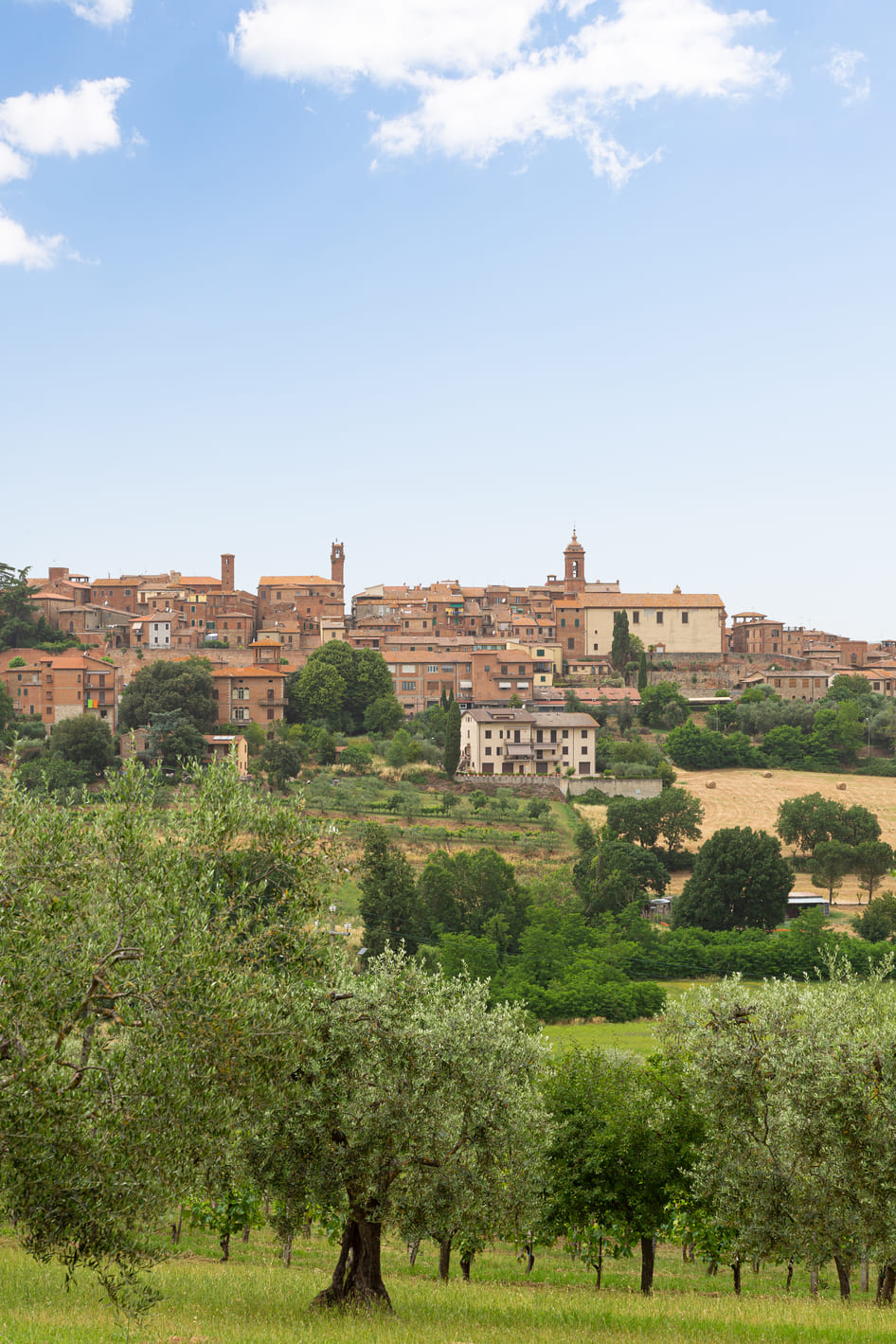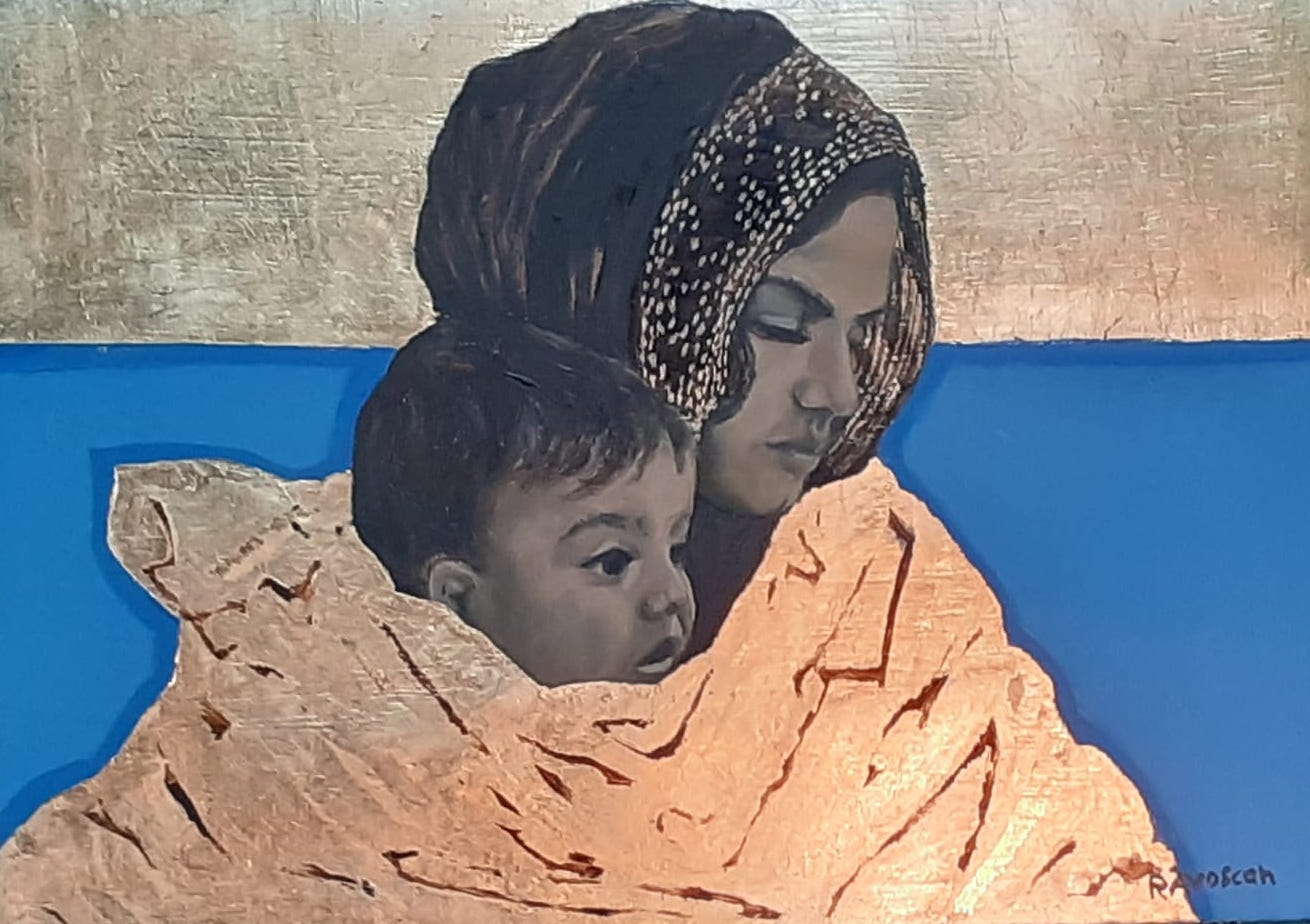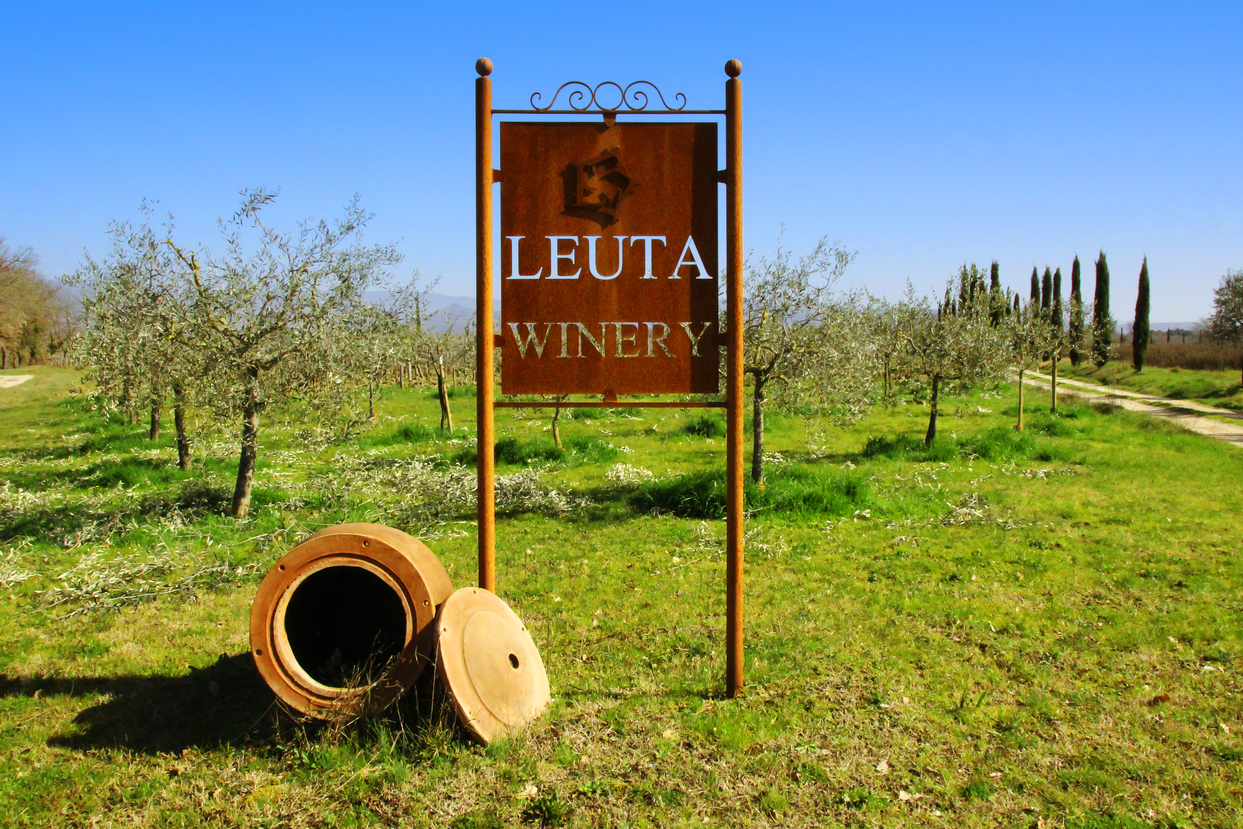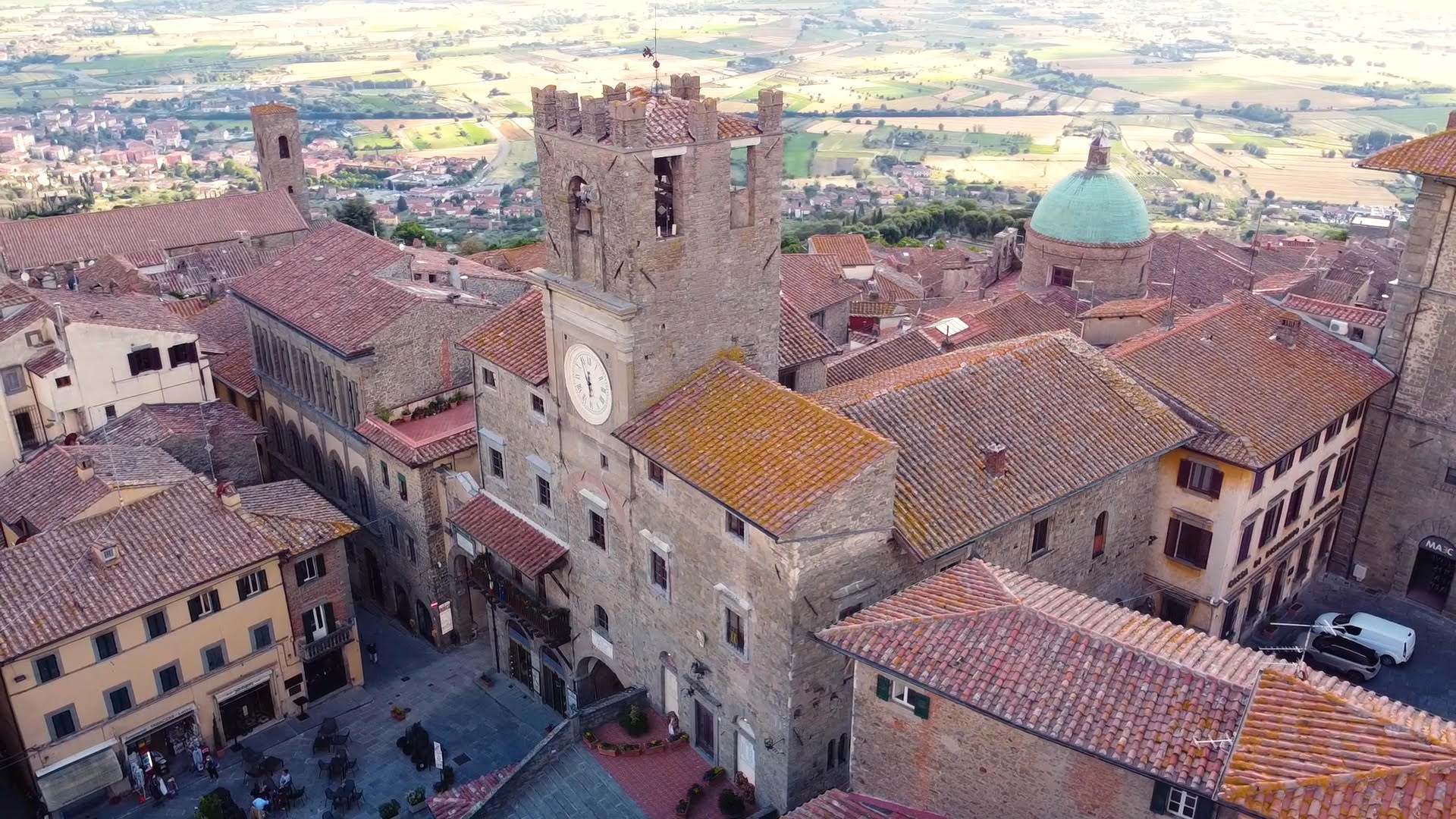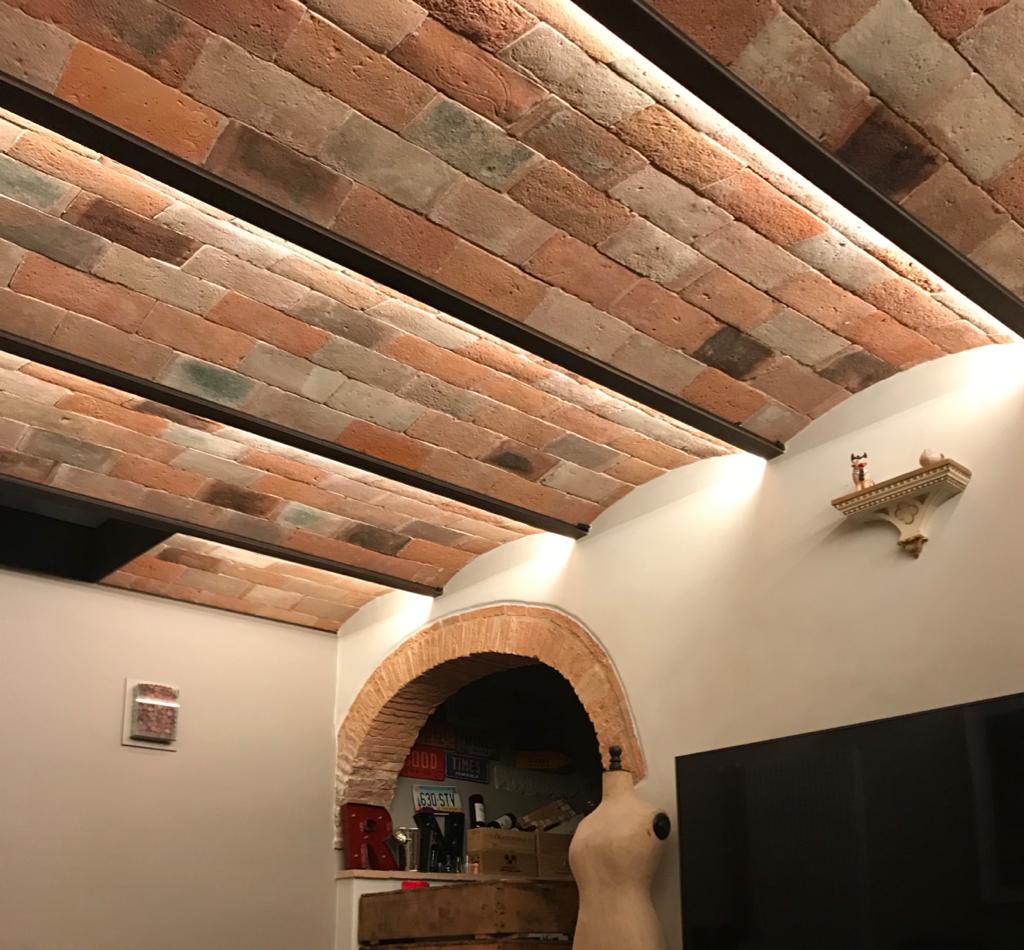Jutta was born in Coblenz in the Rhineland in Germany during the War, and went to study art and design in Dusseldorf. She had always dreamed of leaving Germany to travel, and spent a year abroad studying and working in Rome. When, after 6 years of art school, the possibility to spend a period in South Africa working for a textile company presented itself, the young Jutta jumped at the opportunity.
read more >Tag: Valdichiana
Founded in July of 1937 as a cooperative of fourteen local winemakers who banded together to facilitate both the production and the sales of their wines. Vecchia Cantina bottled its first wine in 1940 during the war. After the difficult war years, in the 1950’s and the reorganization of the lands, the Vecchia Cantina acted as a driving force for wine production in the area, a role that they cover to this day with the over 400 member vineyard owners and over a thousand hectares of vineyards producing around seven million bottles of wine annually.
read more >The oldest part of the house, the central tower, goes back to the 15th century, its original incarnation being a watchtower protecting Tuscany’s flank with Papal Umbria. It became a house when two wings to the left and right of the tower were added in 1771 by the Tommasi family, whose coat of arms adorns a large stone set into the wall above the main door.
read more >At the end of the Val D’Esse, nestled under the hill separating Tuoro and Lake Trasimeno from the countryside below Cortona sits the tiny hamlet of Piazzano. Just inside the border of Umbria, it is surrounded by farmland, olive terraces and woodland. This ancient area may have gotten its name during the famous battle between the Carthaginian general Hannibal and Roman consul Gaius Flaminius in 217 B.C.E. when it is thought the Roman contingent set up a military camp there with a “piazza d’armi” or a parade ground.
read more >There has probably been a fortress on the hilltop overlooking Cortona since the 5th or 6th century BC, when the original Etruscan walls followed a course which roughly corresponds to the existing perimeter walls of today. However the first historical records describing a ‘strong and beautiful fortress’ date back to 1258 AD. Having been plundered and sacked several times during the wars with Arezzo it was sold to the Florentine Republic in 1411, together with the entire city of Cortona, although reconstruction work only began in 1527.
read more >The house and lands of Fontelunga have been in Lucia Catani’s family for more than two centuries, with a part of the house itself dating to 1491. From the moment the Catani family purchased the property at the end of the seventeenth century, “every member of my family was born and grew up here”, says Lucia.
read more >The Piazza collection grew naturally out an emotion: Sebastian and Megan remained astonished by the hollow silence that fell over the piazzas and streets of their town during the worst of the pandemic, so when life began to trickle back into the open air this spring, they realized just how important the social contact of these gathering places is, and the essential vitality it lends to the community. This new collection is based on that idea – the lively conviviality, light-heartedness and sense of belonging that the piazza filled with neighbors and visitors enjoys.
read more >Torrita, once called “Turrita”, is first mentioned in a document dated 1037 where it is listed as the property of the Benedictine Abbey of Sant’Antimo near Montalcino. As a fortified town with a surrounding wall and four towers, it later served as a military outpost for the defense of Siena’s border with neighboring Montepulciano. Later still, the town held Florentine ambitions at bay until it finally fell to the imperial forces of Charles the First in 1554 and the entire area passed into the Florentine Grand duchy.
read more >Rosy’s art is particularly attuned to the twin themes of social justice and the plight of refugees fleeing from war-torn countries to find a new life. Her goal is to communicate, educate and change perceptions through her art, and her works demonstrate this compassion and empathy. Her mixed media work “Honorum” expresses just this, and is a personal way of honoring the lives of the many refugee children who have drowned in the Mediterranean Sea.
read more >Leuta produces a variety of different wines, five from single red grape varieties – Sangiovese, Merlot, Syrah, Malbec and Cabernet Franc, Leuta’s signature wine. There are also two very interesting blends, the red IGT “Tau” a blend of Merlot, Cabernet Franc, and Syrah grapes, a single barrel blend, “Nautilus” as well as a special limited edition wine produced just once in 2016 and dedicated to Denis’s grandfather “Cornelius”. Other products include a fine Vinsanto and organic olive oil. A white wine and two kinds of Spumante are also produced from grapes in a second Leuta winery in Denis’s native Trentino, with the help of colleague, biologist Giulio dei Vescovi.
read more >Since this February, the Etruscan city has featured a new high-speed connection with the large cities of Northern Italy. The “Frecciarossa” train allows one to move between Milan and our train station in three hours and this will make visiting the city’s splendors even easier and more comfortable. The health situation is still in a difficult moment, but the city administration, together with cultural and tourism operators, has prepared a program of events to be held with complete safety in mind. There are also a series of packages that foresee the possibility to “find refuge” together with family members in one of the fine accommodation facilities in the area. Cortona is a small center, with a big heart and with a vast and varied territory – from mountains to gentle hills, down to the valley where some of the most interesting gastronomic wonders of Tuscany are produced. Already, starting this Spring, in accordance with actual health conditions, exhibitions will be prepared, and the first events of the season brought into being. The idea of choosing Cortona for your “safe harbor” away from life in the big cities is beginning to gain ground as a lifestyle choice post-Covid 19. Already a significant number of professional people have decided to spend a part of their time here, as they continue remote working.
read more >Despite the name of his company, “Corto Circuito” or “Short Circuit”, there is no shortage of work for this company which installs and maintains and repairs industrial and domestic electrical systems in Umbria and Tuscany and boasts an ever-growing number of clients in the Valdichiana.
read more >

